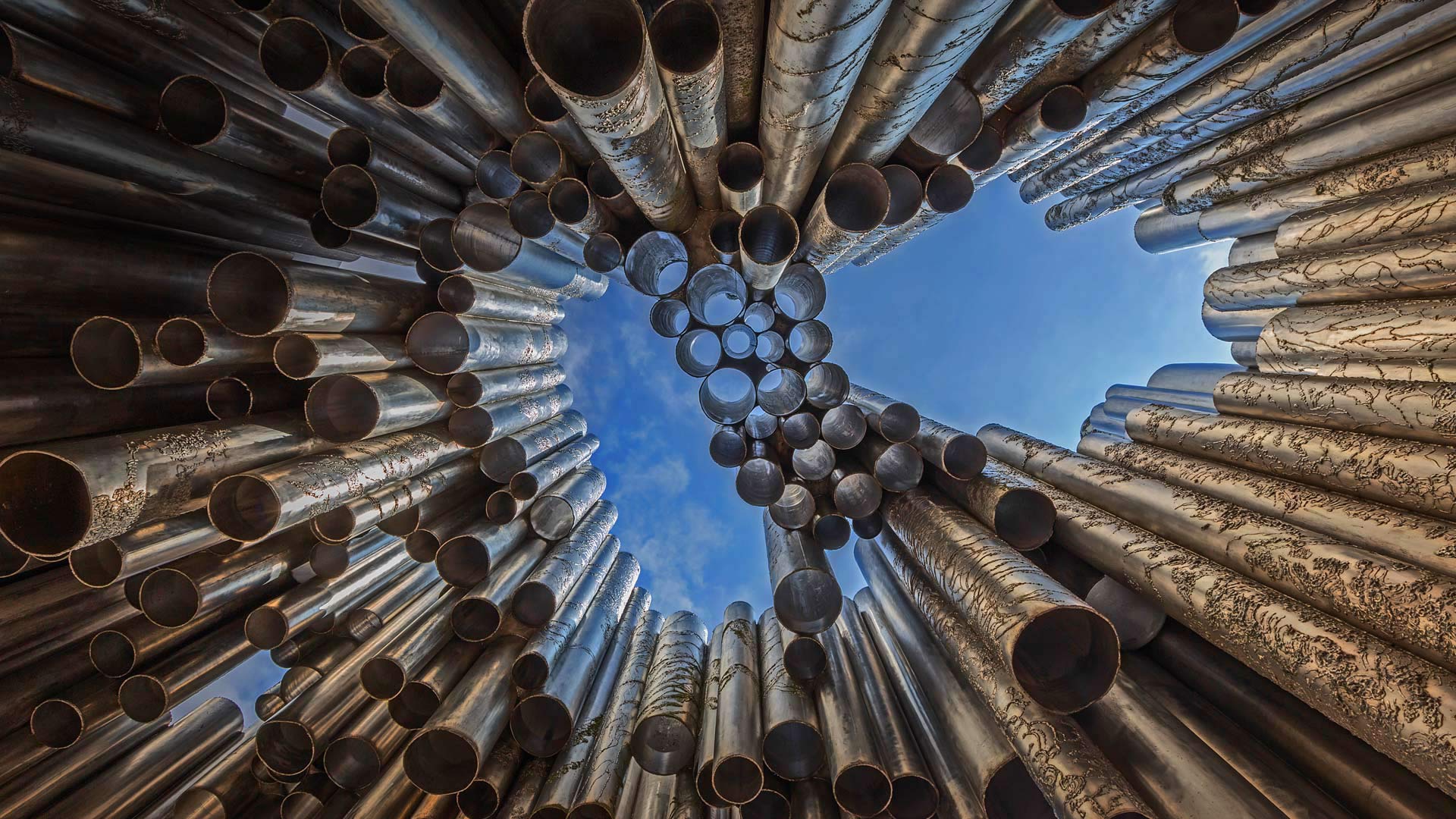


The park itself is a magnet for many peace seekers and nature lovers. According to stories, Sibelius’ music can be heard over the organ when the wind blows. Next to it is a sculpture of Jean Sibelius’ head. The monument stands imposingly in the green like an oversized organ pipe. The 600 tubes are welded together in an undulating pattern and feature many individual details. It spans 8.5 x 10.5 x 6.5 meters and is made of 24 tons of steel. The monument was designed by sculptor Eila Hiltunen. A monument as a tourist attractionĬountless visitors from near and far come to the park to see one of the most photographed monuments in Finland. The elements, life and work of the composer should be reflected in Sibelius Park. The patriotic musician always liked to incorporate nature in his works. The freelance composer’s best-known works include Symphonies 1-7 (1899-1924), Kullervo (1892) and Violin Concerto (1905). Jean Sibelius, born as “Johann Julius Christian Sibelius” is a thoroughly significant person for the Finns and is considered an icon of Finnish music. Historical background and name of the Sibelius Park A special monument was erected in his honour, which is also one of the most visited sights in the city. The site was dedicated to a man named “Jean Sibelius” – by far the most famous Finnish composer. The location is easily accessible by public transport and bike rentals are also plentiful nearby. For the thousands of visitors who enter the park every year, it is a wonderful place to find a piece of nature, peace and culture in the middle of the Finnish capital.


 0 kommentar(er)
0 kommentar(er)
